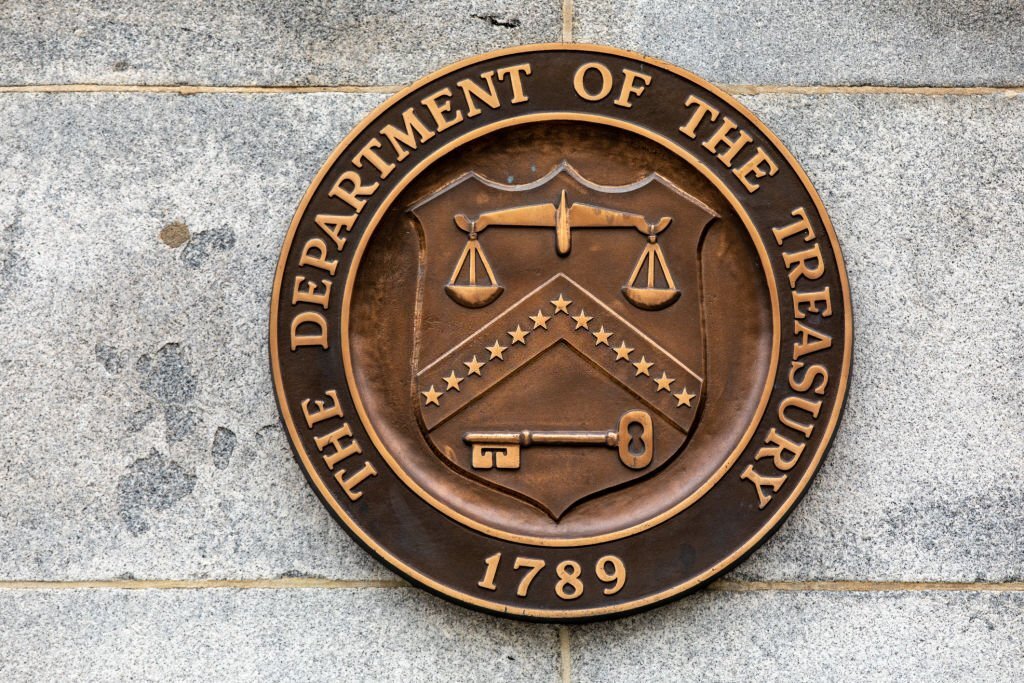The U.S. Treasury Department announced yesterday a timeline for providing additional information on key tax provisions included in the Inflation Reduction Act. The timeline provides clarity to consumers and businesses that, starting on Jan. 1, 2023, will be able to access tax benefits from many of the law’s climate provisions, according to Treasury.
Before year’s end, Treasury said it will provide the following information on tax provisions of the Inflation Reduction Act:
- FAQs for consumers on the tax credit for energy efficient home improvement projects and residential energy property.
- Initial guidance on the Corporate Alternative Minimum Tax (CAMT).
- Initial guidance on the excise tax on stock buybacks.
Also before year’s end, Treasury said it will release information on the anticipated direction of the critical mineral and battery component requirements that vehicles must meet to qualify for tax incentives in the Inflation Reduction Act. The information will help manufacturers prepare to be able to identify vehicles eligible for the tax credit when the new requirements go into effect.
Treasury will issue a notice of proposed rulemaking (NPRM) in March with proposed guidance on the critical minerals and battery components requirements. By statute, the critical mineral and battery component requirements take effect only after Treasury issues that proposed rule. Additional guidance on clean vehicles for consumers and manufacturers is forthcoming.
Within days of the Inflation Reduction Act’s enactment in August, Treasury issued guidance on the electric vehicle tax credit and worked closely with the U.S. Department of Transportation and the U.S. Department of Energy so consumers could find a list of eligible vehicles online.
Last month, Treasury published initial guidance on the prevailing wage and apprenticeship standards. Last week, Treasury and the IRS set out key procedures for manufacturers and sellers of clean vehicles that are required in order for vehicles to be eligible for tax incentives. And on Monday, Treasury and the IRS issued guidance on the new Sustainable Aviation Fuel (SAF) credit.
Thanks for reading CPA Practice Advisor!
Subscribe Already registered? Log In
Need more information? Read the FAQs
Tags: Benefits, Income Tax, IRS, Taxes




